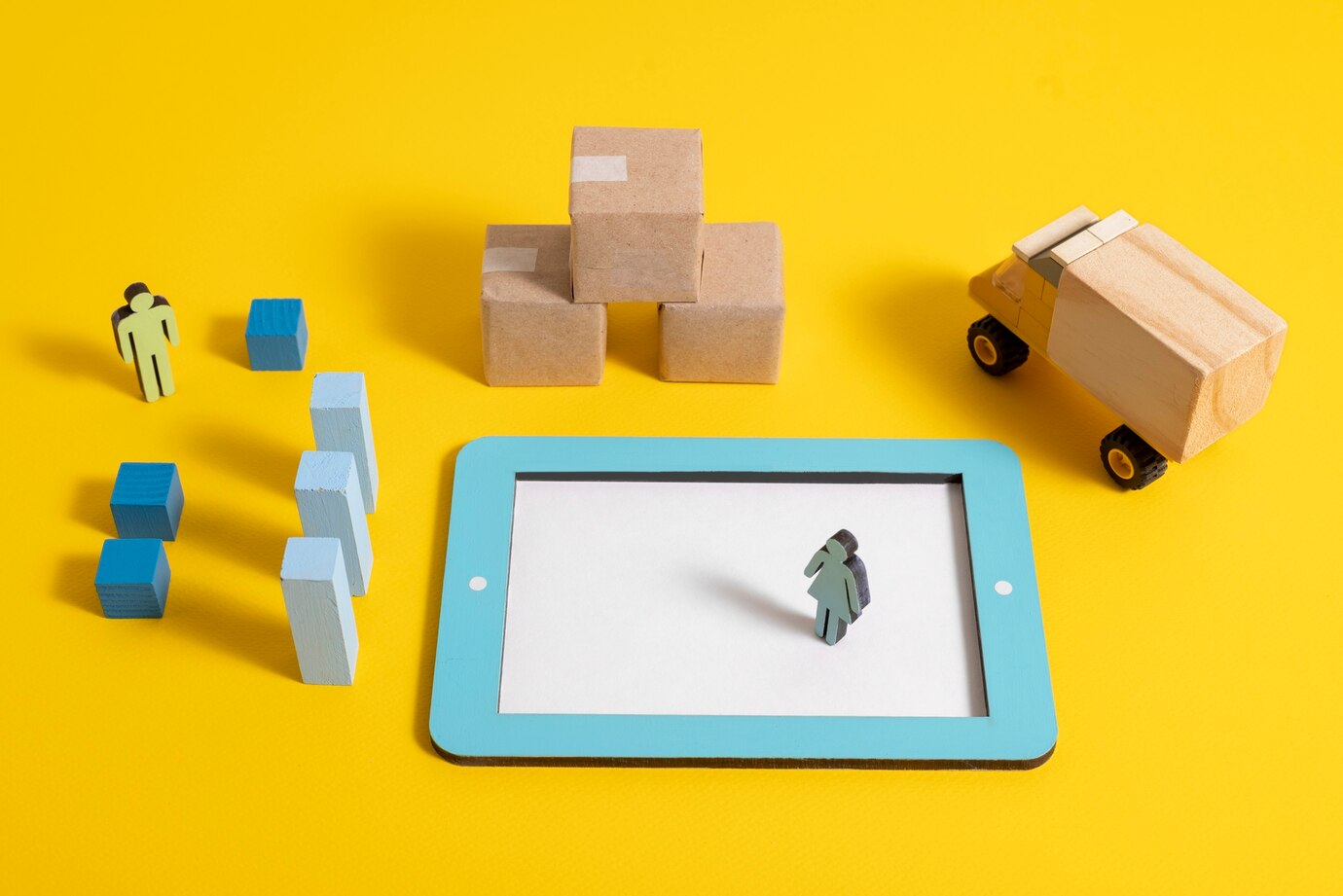

There is no correct time in your Voice Over career to set up your home studio. You could be a newcomer to the industry: who is inexperienced, agent-less, and getting more ‘No’s than a nasal spray. Or maybe you are a seasoned professional, with regular commercial work, a part voicing the principle character in an upcoming video game, and desires to get jobs from beyond the borders of your country.
Whatever your circumstances are, you may be thinking that having a home studio for voice over booth will be a huge benefit to your career. And although the timing of this epiphany isn’t significant, putting some thought into the kind of equipment you’ll be buying certainly is.
Table of Contents
Here are the 6 things you will need to set up home studio for voiceovers
A Computer and Software
One of the most costly requirements – and hopefully the one youalready own. Your computer will be the initial storage unit for all your recordings, plus your means of sending them to clients. You’ll need to ensure you have a backup as well, whether it’s external (that is a plug-in device) or in the cloud (Google Drive, Dropbox or any other).
Add some suitable software, and now it can be used to record, edit and clean your sound clips as well. The newcomer may be interested in the free recording software available online, such as Audacity. Such a software is basic and easy to use, plus it will be an extraordinary tool to practice on before moving onto something a bit more complex – the softwares that experienced professional may consider going for. In case your interests are more advanced (e.g. you want to mix your own commercials) then you’ll need to bite the bullet and pay for some software that includes some pro tools.
A Microphone
A condenser microphone is perfect for voice over. They have a stronger audio signal, which implies they will pick up a greater range of sound. Unquestionably useful to showcase all the quirks your voice has to offer! You will also require a microphone stand (which should hopefully come with the microphone).
For the expert, buying this microphone is a no-brainer. But the newcomer may also consider another type: the USB Microphone. This will not result in the same high-quality sound, however it is useful for an artist on the go, and can be connected directly to the desktop which would allow the newcomer to potentially skip buying the next key item. You can find a list of microphones here.
An Audio Interface
The audio interface will act as the middleman between the computer and the microphone. Simply plug the microphone into the interface utilizing the XLR cable (which ought to be included with the interface) and the microphone’s soundwaves will be converted into a digital format on your computer.
With the USB microphone, the newcomer might have avoided buying this (for now), however they should, by no means, consider this to be a permanent compromise.
Just starting out super cheap you can get a USB, but you would be better off getting an audio interface. You can do more with the sound, and the sound will be of good quality.
A Pair of Headphones
Properpleasant headphones. Headphones that you can cheerfully wear for hours, because you will be wearing them for long while working. Wired headphones still largely offer the good quality for the money, but Bluetooth is catching up.
A Pop Shield
The pop shield will be attached to the front of your microphone to avoid ‘popping’ noises, like the type you might have heard when taking recordings on your phone. One of these will add to the clearness of the sound of your voice.
A Good Recording Environment
“What you have to do is think about where in your house is going to be a decent place to record. The calmer, the better”
The last item on the list is the most important, and also maybe the most difficult to find: a decent recording environment. Your environment needs to be comfortable, it must be somewhere you’re glad to spend hours of your day, and most importantly, it has to be quiet. A pop shield will not have the capacity to mask the sounds of car horns and cupboards banging. Be aware of outer sounds, but also of sound quality in the room. You don’t need your recording distorted by reflections and echoes of sound bouncing within the space, any more than you need the sound of your microwave beeping in the background.
There are lot of soundproof but expensive options to consider. But an empty corner of a room can easily be filled with a sound booth, or a whisper room, or a studio brick. These can cost anywhere around £4,000, however for an artist who has a regular, comfortable income from voice over work (and the space to spare), the expense may be worthy for this soundproof, enjoyable and customisable space.
As a newcomer, however, you can manage with the spacealready accessible. Under the stairs, cars, basements or even cupboards (full of clothes to soak up sound) are all appropriate spaces to record. The essential thing is to choose anareathat can serve this purpose for long time otherwise you will find yourself setting up your home studio every day.
Rachael Naylor, who has been both a newcomer and an expert in her voice over career, offers anyone looking to make their own home studio this final advice: also read here skull music downloader
“There’s no reason in spending a lot of money to start with… It just requires time to invest in.“







